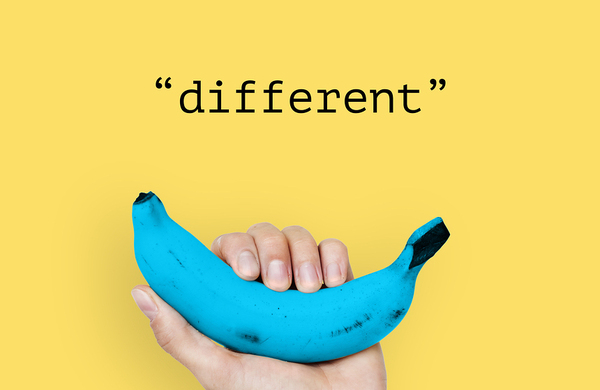
How many times can you invent something new? You could build an entire career on it. Many creatives do.
Architects have natural and man-made limitations to creating original designs, which some believe are inherent creativity blockers. And some experts believe that there’s no such thing as originality at all. But through the mental roadblocks, geographic and legal limitations and technology issues, architects are still – after all these centuries – doing good work.
Is There Such a Thing as Originality?
In a sense, there really is nothing new. Everything is built on the knowledge that came before. Even some of the most revolutionary designs evolved from someone else’s challenges and failures as well as their successes.
Amelia Stein writes for The Guardian that art and architecture share a common, originality-themed thread: singular authorship is linked to the value of the design. But she notes that is a newish concept, as Renaissance architects mimicked ancient structures.
How can there be authentic originality when lessons learned from past architects are an integral part of evolution and progress? Every influence that’s embedded into a design is taken from somewhere else, as a rule. Perhaps a better question: should originality in architecture have an alternative definition?
What Common Issues Plague Modern Architects?
One of the greatest struggles of the modern architect is the Internet. In this age of sharing everything from photos of lunch to a beautiful, new building design, everyone is influenced by everything almost simultaneously.
But ArchDaily says the Internet can also provide a wealth of inspiration if you dig deeper than what’s trending at the moment.
The technology that’s meant to help can also be a challenge. Learning curves and deadlines aren’t the best of friends. But experimentation with technology can tap into brand new ways of doing things. Geographical and materials limitations, says ArchDaily, don’t have to inhibit creativity. Step outside the comfort zone, take jobs outside the creative rut, and limitations can spark it, not blot it out.

There’s always a way to make something ordinary extraordinary.
Challenges Can Halt or Launch Creativity
Originality and creativity are linked to challenges. Few Earth-shattering revolutions have ever grown from easy times and simple jobs. It’s not the challenges, but how architects use them that makes the difference.
Barbara Bestor, AIA, principal of Bestor Architecture, tells Architect Magazine that challenges and project constraints are critical to the creative process. “Those constraints can make it even more fun and challenging to come up with a successful project.”
Perhaps the puzzle isn’t whether or not an architect can be original, but whether he or she can be surprising. Bestor says she particularly enjoys thinking creatively for projects that are usually considered ordinary, such as multifamily housing.
Originality might be a myth. With a lifetime of experiences and ages of inspiration to draw on, there’s hardly a way to design anything that’s purely original. Creativity, however, is always possible. And the more challenges that pop up, the more opportunities an architect has to think differently, apply inspiration from elsewhere and design something that causes the entire industry to level up again.
The best architects are always up for a challenge, but professional development hours don’t have to be part of the struggle. PDH Academy makes learning units convenient, whether you prefer taking courses online or correspondence style. Check out our courses for architects and find something new and inspirational to learn.






